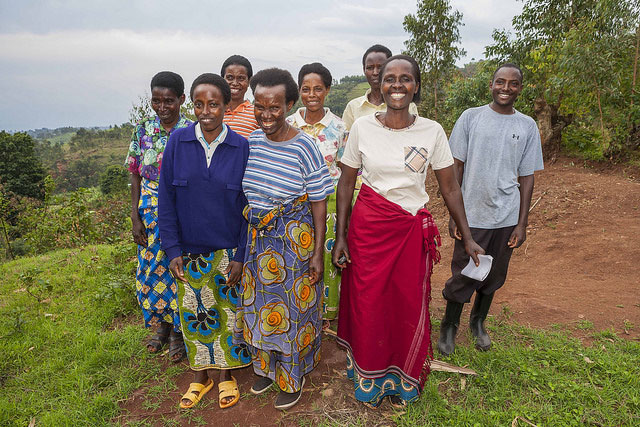The events that occurred in Rwanda during 1994 (and before) were undoubtably a violation of the Genocide Convention.
The biggest government preoccupation has been the reintegration of more than two million refugees returning to Rwanda, some for the first time since 1959; prosecuting more than 40,000 individuals detained for crimes relating to the 1994 Genocide against the Tutsi; prosecuting the many more individuals scheduled to be tried under the gacaca system; preventing the recurrence of insurgency and counterinsurgency among ex-military and Interahamwe militia; and the shift away from crisis to medium and long-term development planning.
The judicial response to the 1994 Genocide against the Tutsi involves three central processes: 1) the ICTR; 2) the national courts in Rwanda (courtroom justice); 3) the Gacaca. A further two involve 1) the trials adjudicated in the Rwandan military courts; and 2) international third-party trials taking place in foreign jurisdictions.
The Gacaca courts represent a unique Rwandan response to the genocide; people of the community who have grievances can present them before the Inyangamugayo, where they are discussed, and a decision is reached. Gacaca courts are tasked with the responsibility of encouraging reconciliation and national unity while also processing the remaining 760,000 genocide cases (as of 2010).
Today, Rwandans continue to struggle with the legacy of genocide and war. Rwandan genocidal leaders are on trial at the International Residual Mechanism for Criminal Tribunals (the successor organisation of the International Criminal Tribunal for Rwanda), in the Rwandan National Court system, and through gacaca traditional courts. Survivors continue to seek restorative justice for the atrocities committed against them.
Memorialising the genocide
Every year in April, Rwanda holds a commemoration to remember the Genocide against the Tutsi and the atrocities that occurred before, during and after the 100-day period. This is known as Kwibuka, which translates as ‘remember’ in Kinyarwanda.
The commemoration begins on the 7th of April, (which was the first day of the genocide, and is also marked as the UN International Day of Reflection on the 1994 Genocide Against the Tutsi in Rwanda) and it lasts for 100 days (until the 4th of July). There are six national memorials located in Rwanda, these are situated in Kigali, Nyamata, Ntarama, Nyarubuye, Murambi and Bisesero.
A significant number of survivors now reside in the UK. Charities like the Ishami Foundation run projects such as ‘Lessons From Rwanda’, where survivors visit UK schools or public institutions to share their experiences. For more information, visit: https://ishamifoundation.org/survivors-in-schools/

